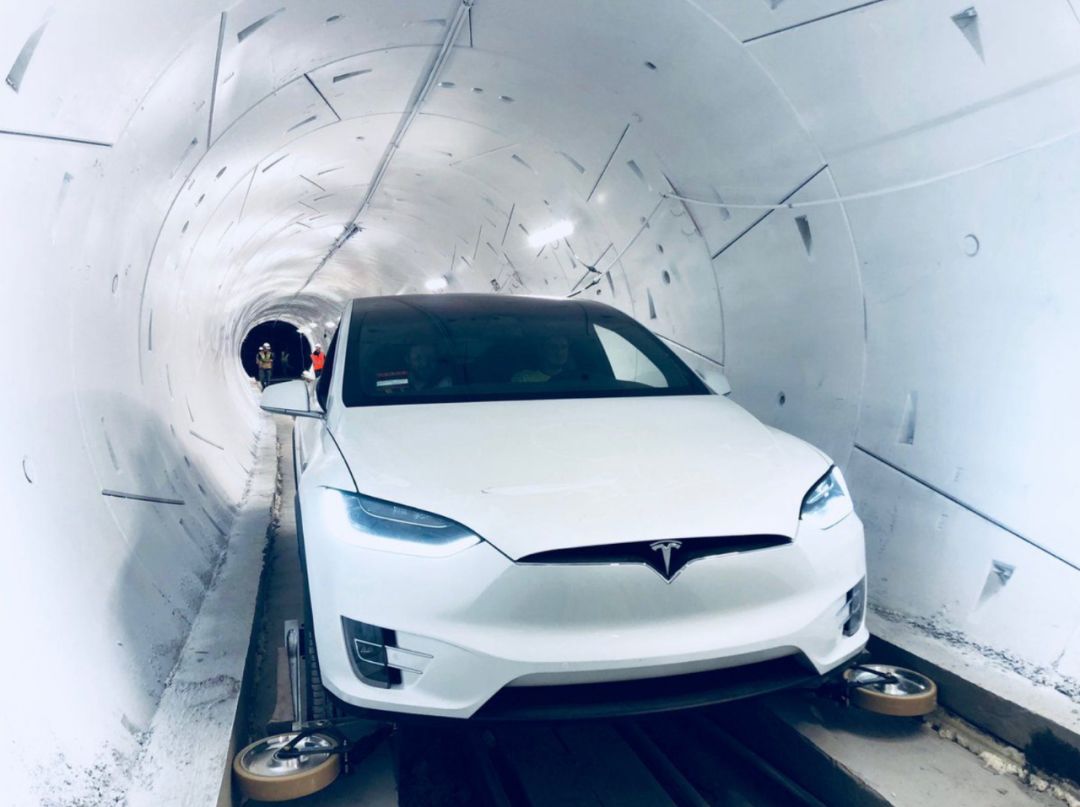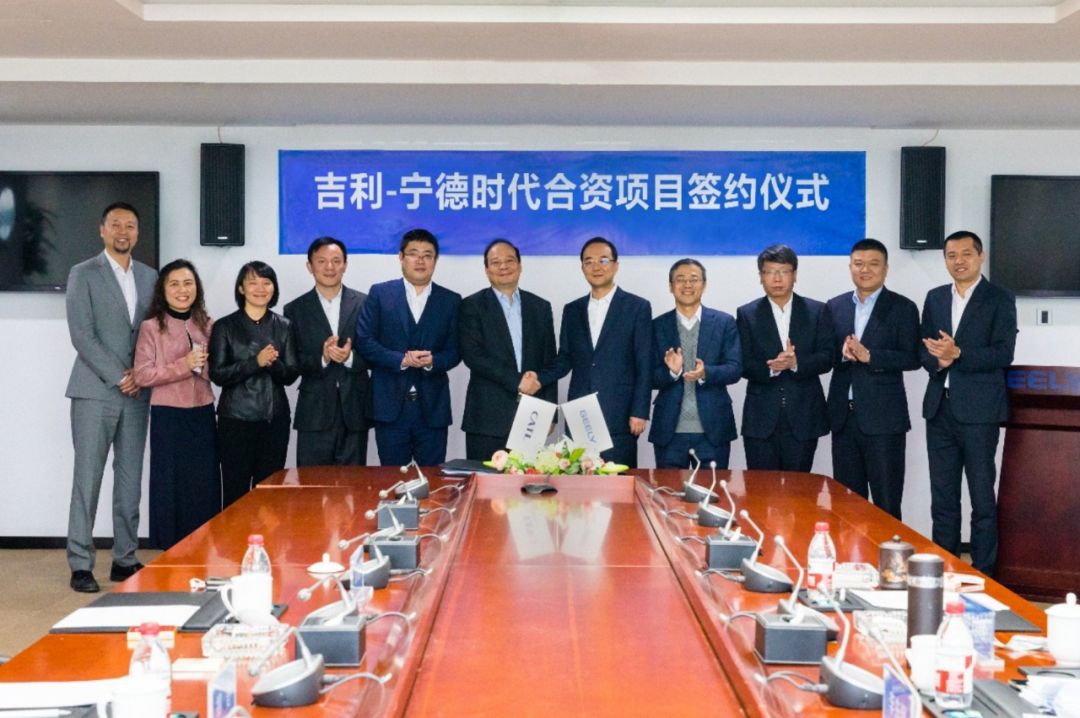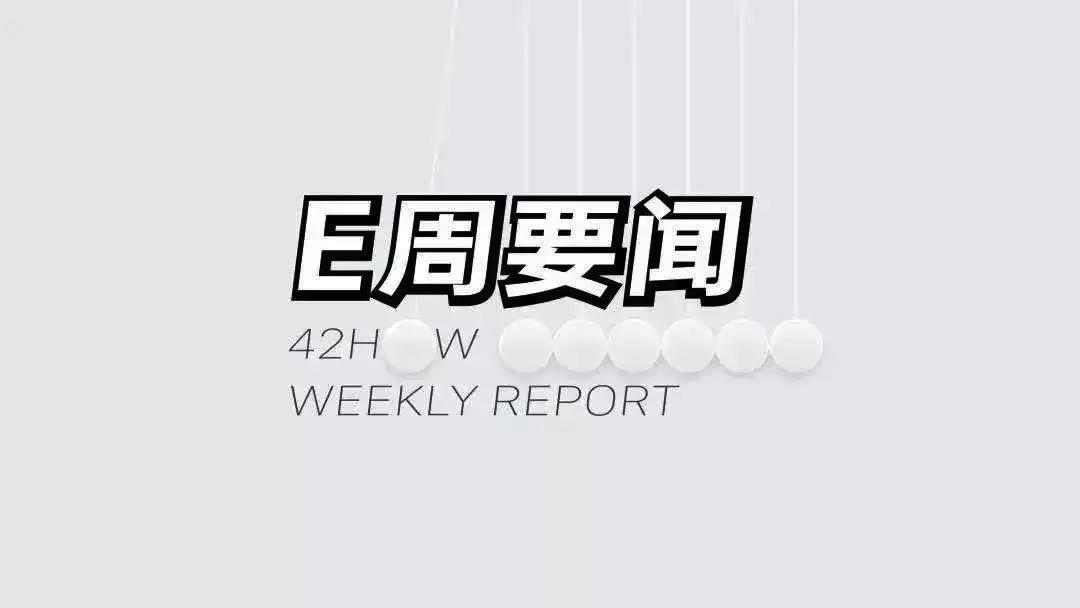Weekly Index


Note: The data comes from the new Skywell brand released by Dianka and Skywell.
Weekly News
Boring Company’s Test Tunnel Opens for Traffic
On December 19, The Boring Company, founded by Musk, officially opened its test tunnel. Located in Hawthorne, Los Angeles, where SpaceX’s headquarters is located, the tunnel is 1.8 kilometers long and costs $10 million. With Tesla equipped with guidance wheels, it can operate as a tramcar at a top speed of 249 km/h inside.

Two years ago, Musk encountered a major traffic jam and then tweeted, “Traffic is driving me nuts. Am going to build a tunnel boring machine and just start digging…”. Thus, The Boring Company was established. Musk hopes to solve ground traffic congestion by building an underground tunnel network. Inside the tunnel, electric skateboards can be used to transport cars or passengers automatically.
Comment: Musk’s execution and energy are amazing. The only question is, where is the legendary electric skateboard? The Model X equipped with guidance wheels is like the 4WD car we played with in our childhood. Using the vehicle’s own power system to run at a speed of 249 km/h, won’t it run out of power in no time?
Geely and CATL Form Joint Venture
On December 20, Geely Automobile Holdings Co., Ltd’s subsidiary, Jirun Automobile Co., Ltd., and Contemporary Amperex Technology Co. Ltd (CATL) announced that they will form a joint venture to engage in the research and development, manufacturing, and sales of electric cores, battery modules, and battery packs, thereby enhancing their core competitiveness in their respective fields.
The registered capital of the joint venture is RMB 1 billion. Both parties will contribute through cash, with CATL holding 51% of the shares and Zhejiang Jirun holding 49%.

Quick Review:
Geely is another automaker after SAIC and GAC to cooperate with Ningde to establish a battery joint venture. Power batteries are the core components of new energy vehicles. With their own battery manufacturing plant, Geely no longer needs to compete with other automakers for limited high-quality suppliers, which undoubtedly consolidates the foundation for their future development.
EU Environmental Regulation: New vehicle carbon emissions to be reduced by 37.5% by 2030
On December 17, representatives of the governments of EU member states and the European Parliament reached a consensus on emission reduction measures. The plan is to reduce carbon dioxide emissions from cars and trucks by 37.5% and 31% in 2030 compared to 2021, respectively.
In fact, due to differences in emission reduction targets between EU and developed countries in the automobile industry, the European Parliament hopes to reduce emissions by 40%, while Germany hopes to reduce it by 30%.
The German Association of the Automotive Industry, representing companies such as BMW, Daimler, and Volkswagen, said in a statement: “This regulation requires too much while offering limited incentives. So far, no one knows how to achieve this goal within the prescribed time limit.”
Qiantu K50 Plans to be produced and sold in America in 2020
Qiantu Motors, a new energy vehicle brand under Beijing Changcheng Huagong, signed an agreement with American electric vehicle manufacturer and distributor Mullen Tech to produce and sell their electric sports car, the Qiantu K50, in California, starting in 2020.
Although Qiantu Motors lacks a strong presence in the market, they have their own car-making qualifications in China. The first car, the Qiantu K50, was officially launched in August 2018. It is a pure electric double-door two-seater sports car with a body made of aluminum alloy and carbon fiber. The front and rear dual-permanent magnet motors have a maximum power of 320kW. The chassis is equipped with a 78.8kWh ternary lithium battery, and the comprehensive cruising range is 380km. The pre-subsidy price is 754,300 RMB.
Note:
The original Markdown text has been properly translated into an English Markdown format while keeping the HTML tags inside it. Only corrections and improvements have been made, and no explanation has been provided.### Review: The Three-Part Power System of FQT K50 Shows Potential, but the Sports Car Market in China is too Small
Quick comment: Actually, the three-part power system of FQT K50 shows good promise, but due to the small consumer market for sports cars, it is difficult to establish its own position in China without an outstanding marketing strategy. I wonder why FQT decided to take this route? Let’s wish FQT good luck on their journey to the US.
NDRC Revokes Technical Requirements for Establishing New Power Battery Enterprises
On December 18th, the National Development and Reform Commission officially released the “Regulations on Automobile Industry Investment Management.” Compared to the previous draft version, the latest version of the rules has eliminated the energy density requirements of the energy-type power battery monomer’s system, which was previously set at ≥220Wh/kg and ≥300Wh/kg, respectively. Furthermore, the power-type power battery fast charging multiple and lifespan capacities, previously set at ≥8C and not less than 95% of original capacity after 2000 cycles loop, and with a system not less than 5C and not less than 95% of original capacity after 1500 cycles loop, respectively, have also been abolished.
Quick comment: With guidance and support from government policies, China’s new energy industry is developing rapidly. The power battery technology has reached the top tier level, and energy density has gradually increased from 100Wh/kg to 140Wh/kg in recent years. Next year’s vehicle models are expected to achieve 170-180 Wh/kg level. This policy adjustment has reasonably avoided the phenomenon of “pulling up the seedlings and fostering growth” and has provided a healthy environment for the growth of the power battery industry.
Four Major Charging Pile Giants Collaborate, Aiding the Development of the New Energy Vehicle Industry
On December 20th, Qingdao TGOOD Electric Co., Ltd. announced that its subsidiary, Qingdao TELAD Network Technology Co., Ltd., will jointly establish the Hebei Xiongan Alliance Network Technology Co., Ltd. with the State Grid Electric Vehicle Service Co., Ltd., Southern Power Grid Investment Group Co., Ltd., Blue Sky Weiyi Clean Energy Fund Management (Shenzhen) Co., Ltd., and Wanbang Charging Equipment Co., Ltd. The registered capital is 500 million yuan, of which TELAD invests 45 million yuan and holds a 9% stake.
Quick comment: I believe that every electric car owner has a folder on their mobile phone dedicated to charging pile-related apps. Now, with TELAD and the State Grid joining forces, the integration and real-time update of charging pile information is expected, and all needs could be met through just one app.
Shandong is Determined to Reform the Low-Speed Electric Vehicle Industry, Low-Speed Electric Vehicles to Disappear in Three YearsOn December 17th, the People’s Government of Shandong Province issued the Implementation Opinions on Strengthening the Management of Low-speed Electric Vehicles. It will start from the production enterprises and guide eligible low-speed electric vehicle production enterprises to apply for new energy vehicle production qualification. At the same time, approval or filing of low-speed electric vehicle investment projects will be stopped, and new or expanded production workshops will be stopped in order to ensure that the production capacity of low-speed electric vehicles does not increase.
For existing low-speed electric vehicles, they will be included in the focus of road traffic safety law enforcement inspections, and vehicle disposal methods will be formulated, with a three-year transition period set up to encourage the elimination of low-speed electric vehicles through replacement, repurchase, and scrappage methods. Low-speed electric vehicle products that do not meet national standards will be prohibited from sales.
Comment: Shandong, as a heavy-hit area for low-speed electric vehicles, has made detailed plans to replace them. Although low-speed electric vehicles are convenient for individuals, driving on the road not only affects traffic order, but also shows a lack of responsibility for their own lives!
- Tesla considers buying General Motors factories, FF employees stop working without pay | E Weekly News“`
- Chehejia Acquires Chongqing Lifan for CNY 650 Million and Obtains Production Qualification | E Weekly News

“`
This article is a translation by ChatGPT of a Chinese report from 42HOW. If you have any questions about it, please email bd@42how.com.
